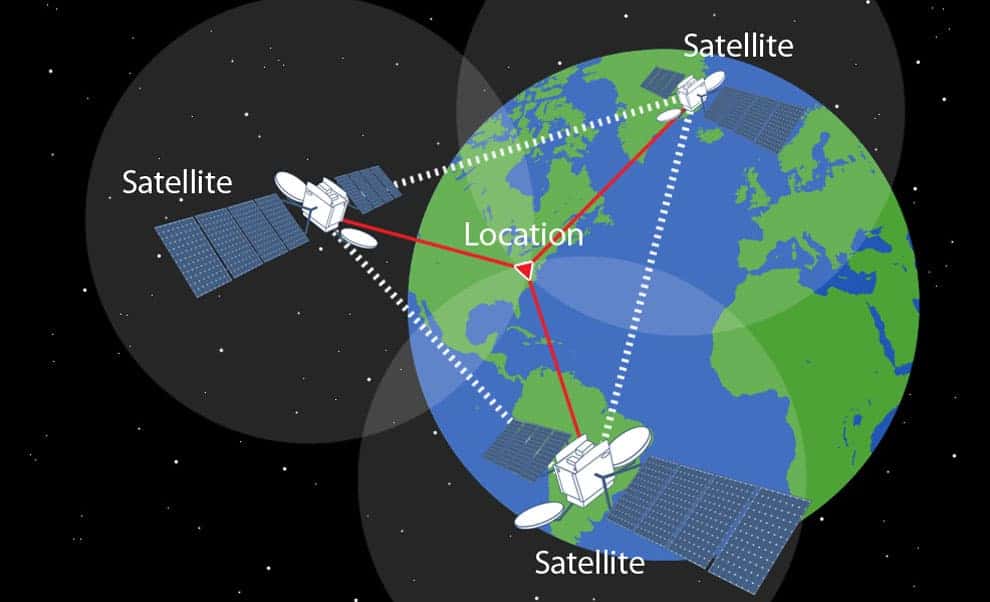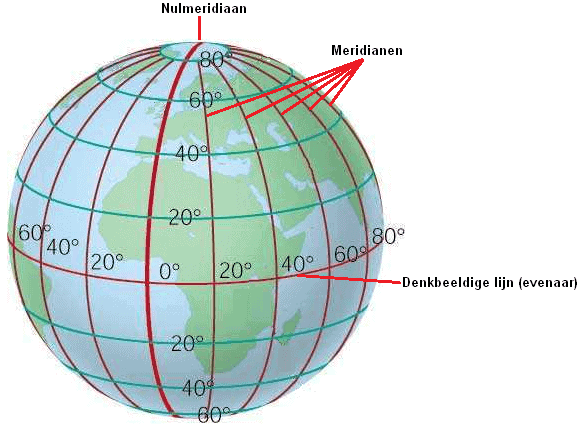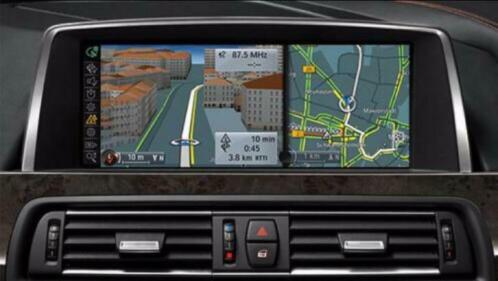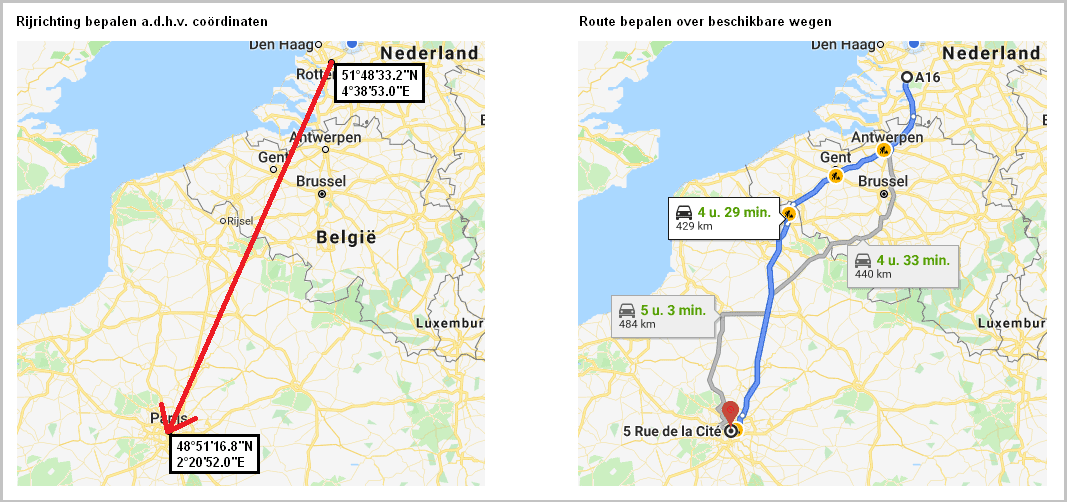Subject:
- General
- Position determination
- Navigation system
General:
GPS is an abbreviation of Global Positioning System. GPS consists of a network of satellites orbiting the earth. These continuously indicate where they are located. GPS receivers in navigation equipment need 3 to 8 satellites to determine the position and (driving) direction on the earth exactly to the meter.

Position determination:
For the positioning, 24 satellites are used that orbit the earth at an altitude of about 20.000 km. The positions of the satellites are determined in such a way that at least five satellites simultaneously have the same point on earth in their range.
A three-dimensional space can be calculated with at least three satellites if we know the distance between three fixed points. The location is determined by calculating the time between sending and receiving the signals. The distance between the receiver and each satellite can be calculated by multiplying the time by the speed of light (300.000 km per second). When we do that with at least three satellites, we can draw imaginary lines to one common point. A fourth satellite increases the accuracy of the positioning.

The position is displayed by the receiver in degrees of longitude and latitude. The equator is at 0° and the poles at 90°. The long circles (meridians) connect the poles. Meridians are imaginary lines across the Earth:
- perpendicular to the equator;
- from pole to pole.
- max. 60 minutes (')
- and one minute in max. 60 seconds (“).
Together with the position in degrees relative to the equator (the latitude) and possibly the height, any place on the earth can be indicated.

In Amsterdam, the next position is received by the GPS receiver determined:
- Number of satellites: 4
- N: 52°22'02.8″
- E: 4°53'48.7″
- S: 28°21'15.5″
- E: 23°53'13.0″
- S: 4°51'56.4″
- W: 51°57'27.7″
Navigation system:
The latitude and longitude circles are displayed on country and road maps. The geographical location of each place is known. Once the GPS receiver in the car knows the current position, it can be compared with the coordinates of the road map.
The direction of travel and the distance to the destination are calculated using the satellites and shown on the display in the car.
Example: we want to drive from Dordrecht (South Holland) to Paris.
The coordinates are as follows:
- Dordrecht: 51°48’33.2″N 4°38’53.0″E
- Parijs: 48°51’16.8″N 2°20’52.0″E


Based on the coordinates, the location of the destination and the distance are calculated. Based on the information in the previous section, we can say the following about the coordinates:
- From 51 degrees north to 48 degrees. This is closer to the equator, so the route is south;
- From 4 degrees east to 2 degrees, this is closer to the prime meridian, so the route is west.
The software in the navigation computer calculates the most logical route based on the road map. This takes into account factors such as: unpaved roads, toll roads, ferry services, etc. When the system is connected to the internet, the software also takes the traffic conditions into account. If it appears that there is a delay on the most logical (standard) route, an alternative route is offered. This can be a route with a greater distance, but still be a fast route thanks to the favorable traffic situation.
